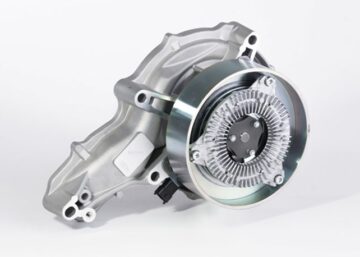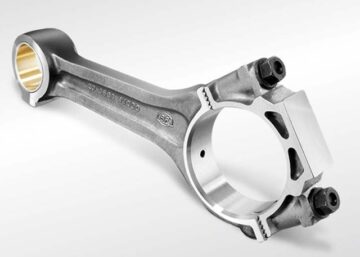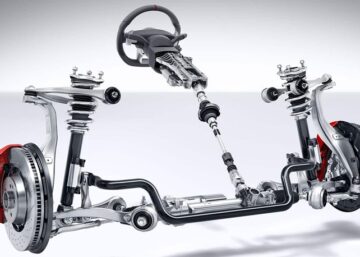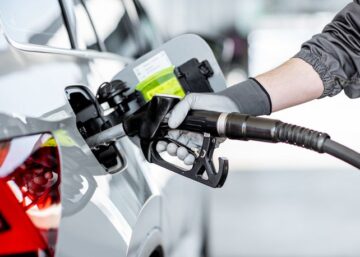A typical vehicle consists of different parts, each with a unique function. One such component is the car bumper, often overlooked as an unimportant accessory. However, this car part helps promote safety, especially during a crash or off-road driving.
Car bumpers also help promote the vehicle’s visual appeal, making it more attractive. This article discusses the functions of a typical car bumper, including the different types, material options, and reasons why car owners may choose to customize them.
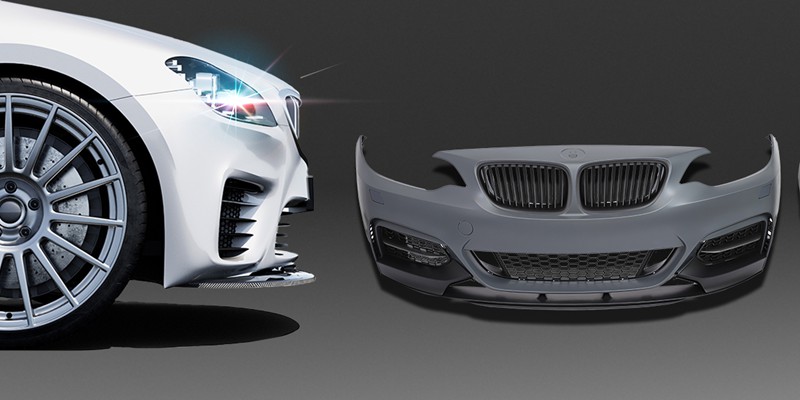 What is a Car Bumper?
What is a Car Bumper?
A car bumper is a component installed on the front and rear ends of the vehicle. Its primary function is to absorb impact upon collision, minimizing damage to the car body and other structural components. Therefore, while many may think they are just a decorative feature in cars, bumpers promote safety and durability while reducing repair costs in an accident.
What’s more, automotive bumpers protect car components such as the car chassis, brake system, suspension parts, etc. They were initially made of metal to ensure adequate protective functions, absorbing shocks and impacts. However, these designs are explosive and may be broken upon collision. Therefore, modern designs feature flexible material for car bumpers, acting as a buffer and dispersing the crash’s kinetic energy.
Functions of a Car Bumper
It is known that car bumpers are an aesthetic feature enhancing the car’s appearance. However, this car component performs other functions. Below are more functions of the bumper.
Impact Absorption
The primary idea behind creating bumpers is to minimize the effects of low-speed collisions, reducing damage to the car’s body and internal components. Bumpers are usually the first point of contact when a vehicle is hit, minimizing the impact on other car parts. In addition, the bumper shields car components like the engine, transmission, and flywheels, limiting damage during minor impacts.
Enhanced Aerodynamics
Besides its protective functions, the modern bumper contributes to the car’s overall performance. Car manufacturers make these bumpers to promote the car’s aerodynamics. For example, many car bumpers have their edges folded to the rear to maintain downforce and promote driving speeds.
Support for Various Safety Features
Many new car bumper designs integrate technology such as sensors for parking assistance, collision detection, and cameras, enhancing the vehicle’s safety features. Some of the bumpers even feature fog lights and parktronic sensors. The fog lights promote lighting for the driver when driving in foggy or rainy conditions.
Aesthetic Enhancements
Car bumpers contribute to a vehicle’s visual appeal. Many designs are tailored to the car’s style, creating a sleek or rugged look. Some car owners may customize their bumpers, especially after upgrading engine components like car valves. In such a case, car bumpers will help elevate the overall car performance while optimizing aesthetics.
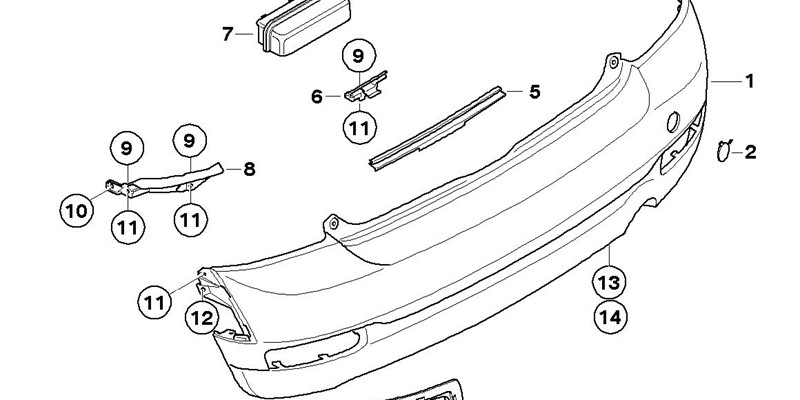 What are the Components of a Car Bumper?
What are the Components of a Car Bumper?
A car bumper has several parts that provide protection, durability, and aesthetic appeal. Each component performs a specific role in ensuring the bumper performs its functions effectively. Below, we examine the different parts of a car bumper.
Main Bumper Structure
The main bumper is the structural part of a car bumper system. In the past, most manufacturers used to manufacture it using metals like steel or aluminum. However, modern bumpers often incorporate lightweight, flexible materials. This core structure is designed to absorb the initial impact after a collision, preventing severe damage to the vehicle’s main body. At the same time, the structure also contributes to the car’s aerodynamics, improving fuel efficiency.
Car Bumper Covers
As the name suggests, the bumper cover is the exterior shell covering the bumper assembly. It is typically made from plastic like polycarbonate, carbon fiber, or fiberglass. These covers, sometimes called bumper fascia, offer protection and visual appeal. They are designed to absorb minor impacts while maintaining the bumper’s aesthetic function. Bumper covers usually feature different shapes, colors, textures, and designs to match the vehicle’s body.
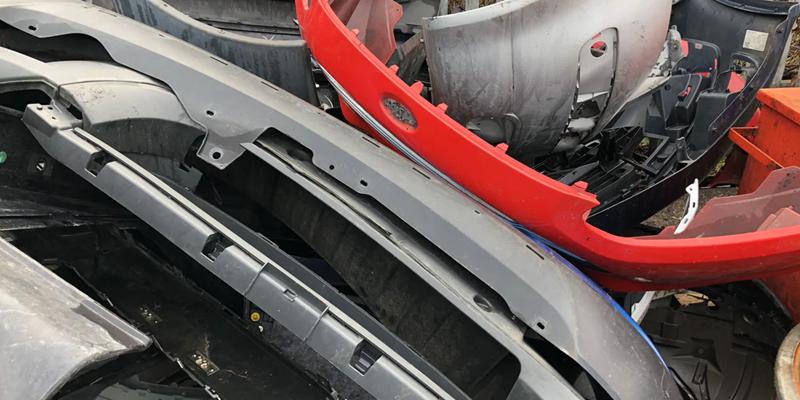 Shock Absorbers and Reinforcement Bar
Shock Absorbers and Reinforcement Bar
A typical car bumper features energy absorbers and reinforcement bars to help minimize the effect of a crash. The shock absorbers are usually made from compressible materials like foam or hydraulics, enabling better energy dissipation upon impact. They compress and deform upon collision, reducing the force that gets to the vehicle’s occupants.
On the other hand, the reinforcement bar or bumper beam provides additional structural support, ensuring the bumper retains its shape and effectiveness even under stress or after collision. The bar, usually made of aluminum or steel, is often located behind the shock absorber, enabling better impact force distribution.
Bumper Mounting System
The bumper mounting system, sometimes called bumper brackets, helps attach the bumper to the vehicle’s frame or body. It consists of fasteners that help ensure the bumper remains aligned with the car, secure other bumper components, and maintain its structural integrity.
Material Options for Designing Car Bumpers
When designing car bumpers, manufacturers select materials based on durability, cost, and aesthetic appeal. Below are some of the most commonly used materials, each offering different benefits and specific applications for different bumper components.
Polycarbonate
Polycarbonate is one of the most used plastics for fabricating main bumper structures and covers. It is lightweight and has considerable high impact resistance, making it a durable plastic for the automotive industry. Polycarbonate is flexible, allowing it to withstand crashes without cracking. These features make polycarbonate excellent for crafting bumper covers that need to absorb minor impacts without damage.
Acrylonitrile Butadiene Styrene
ABS is another popular plastic car bumper cover material. This thermoplastic polymer offers an excellent balance of strength and flexibility. ABS bumpers are lightweight, enhancing fuel efficiency yet providing considerable impact resistance. In addition, this material is easy to paint, allowing for a seamless match with the vehicle’s body color, making it a practical choice for enhancing the appearance of modern cars.
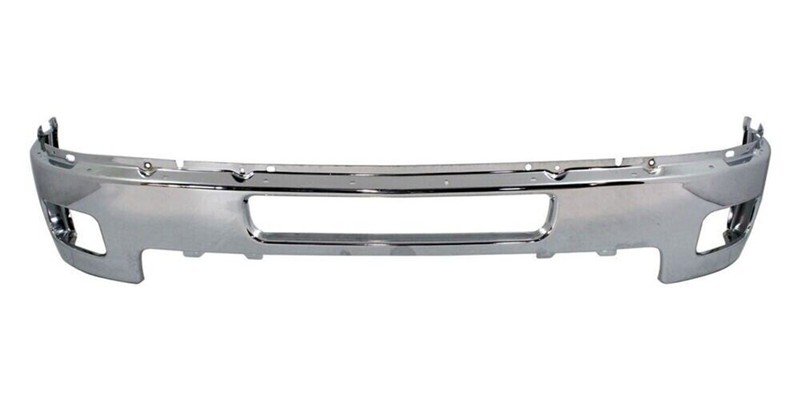 Aluminum
Aluminum
Metals like aluminum are more commonly used to craft the main bumper structures and reinforcement bars. Aluminum offers considerable strength and lightweight properties, providing excellent impact absorption. Moreover, it exhibits good resistance to rusting and corrosion, ensuring its durability. While plastic bumpers are more cost-effective, aluminum offers better protection. Consequently, automakers still use aluminum bumpers for high-performance and super-duty vehicles.
Carbon Fiber
Carbon fiber has been a mainstay in the automotive industry because of its top-notch characteristics. It is strong yet lightweight, offering incredible impact resistance, making it excellent for creating the main structure and bumper cover. However, it is expensive, so manufacturers restrict its use to high-end vehicles and sports cars where speed and efficiency are priorities.
Types of Car Bumpers
While car bumper shape and structure often depend on the automaker, they come in different forms designed to suit the vehicle’s specific needs. Some focus on aesthetics, while others may focus on functionality and durability.
Below are the common types of car bumpers and their characteristics.
Standard Bumper
The standard bumper is the most common in most cars. It blends seamlessly into the car’s body, stretching its entire front and rear. Most car manufacturers equip their vehicles with this bumper type, offering a balance of protection and aesthetics. They are usually manufactured from plastics like polycarbonate or fiberglass, enabling minimal impact absorption. This bumper type is cost-effective and easy to replace upon damage.
Cowboy or Deep Drop Bumper
Cowboy bumpers are more common on trucks and heavy-duty vehicles. They are called deep-drop bumpers because of their orientation. They are usually higher and longer than standard bumpers, featuring a drop-down center section extending below the bumper’s rest. This design enables them to offer better protection for the vehicles underneath.
While reinforced plastics may be suitable, deep-drop bumpers are often made from more durable materials like aluminum or steel. These metals enable them to withstand heavy use, especially for towing and off-road driving. Still, their unique shape offers aesthetic value to the car’s appearance.
Step Bumper
The step bumper is the type in most SUVs and larger cars. It is a modification of the standard bumpers, featuring a built-in step that makes the vehicle’s or truck bed’s roof more accessible. Step bumpers are typically made of metal for excellent durability, as they may serve as mounting points to access the vehicle’s roof.
Tube Bumper
Tube bumpers are specific bumper options for vehicles that prioritize off-road capabilities. These bumpers are manufactured using hollow metal tubes, particularly aluminum or steel. The material options allow the bumper to reinforce the vehicle’s structure, especially when maneuvering rough terrain, protecting the car against potential rocks, trees, and other off-road obstacles.
Roll Pan Bumper
Roll pan bumpers are the standard for custom vehicle bumper design. They are most noticeable, blending with the bottom of the vehicle and providing a sleeker and more streamlined appearance. This type of bumper is more prevalent among car enthusiasts who do not fancy the regular bumpers but want a more aesthetically appealing vehicle. However, roll pan bumpers offer minimal protection compared to other types and are not useful in off-road or heavy-duty applications.
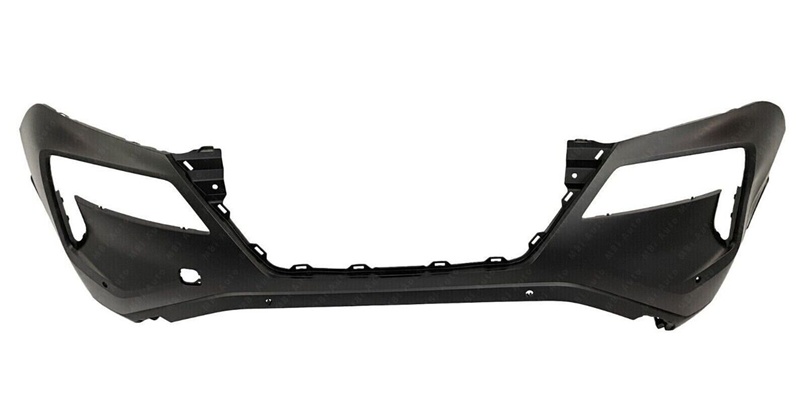 Benefits for Custom Car Bumpers
Benefits for Custom Car Bumpers
Customizing car bumpers has become a popular option for some car owners. We have already discussed the benefits of car bumpers, with the custom design just enhancing these features to suit the owner’s specifications.
Personalized Aesthetics
One of the main reasons for customizing car bumpers is to improve overall car aesthetics. Car owners may express their style, making their cars sleek and streamlined. The go-to bumper type for improving aesthetics is the roll pan bumper. Typical design options include incorporating unique finishes or color options to improve appearance.
Enhanced Protection
We already emphasized protection as one of the primary functions of car bumpers. Therefore, many may enhance the protective function of these car parts through custom options. This may include using reinforced material to enhance off-road driving capabilities or increase protection for heavy-duty vehicles. Materials for such custom fibers are usually aluminum or steel, though carbon fiber is also a good choice, especially for SUVs.
Improved Functionality
While car bumpers already have their functions as designed by automotive manufacturers. You may create to improve these functions. For example, a custom step bumper may include more durable steps to easily access the truck bed or car roof. On the other hand, tube bumpers may be modified to integrate witches or towing hooks for added utility. Some other car owners may include additional lighting features to the car bumper. Customization choice depends on the car owner, intended goal, and driving environment.
Increased Vehicle Value
Investing in custom bumpers may increase a vehicle’s resale value, especially for car enthusiasts or buyers seeking added functionality and aesthetics. Indeed, a well-designed custom bumper enhances the vehicle’s appearance. It may also serve as a selling point for future buyers interested in its enhanced protection and features.
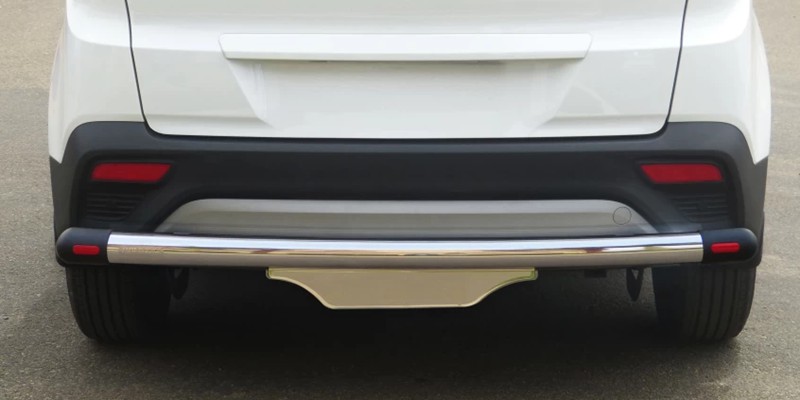 Wayken Expert Automotive Car Parts Customization
Wayken Expert Automotive Car Parts Customization
Are you in need of expert custom services for your vehicle? At WayKen, we offer customization of high-quality automotive prototypes and parts. Whether it’s the car headlights, dashboard, suspension, or even bumpers, we can help you customize them to suit your specifications. With the capabilities of CNC machining, vacuum casting, 3D printing, and various post-finishing processes, we can provide high-precision and cost-effective products for your projects!
Conclusion
Car bumpers are components of the vehicles at the front and rear end that help reduce the effects of crashes, promoting safety and overall aesthetics. This car part comes in different designs and forms, each favoring one function more than the other. Therefore, car owners may customize their bumpers to suit aesthetics, protection, or functionality requirements.
FAQs
When do you need to repair or replace the car bumper?
You should repair or replace a car bumper when you notice visible damages such as cracks, dents, or deep scratches.
Can you customize a car bumper aftermarket?
Yes, you can customize your car bumpers. Many companies offer aftermarket custom bumper options that help tailor your vehicle’s style and function.
What factors influence the choice of custom car bumper materials?
The key to selecting material for a custom car bumper should focus on durability, weight, cost, and aesthetic goals. For example, an aluminum or carbon fiber car bumper will be a better fit for off-road driving.
